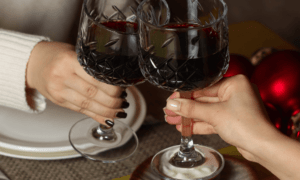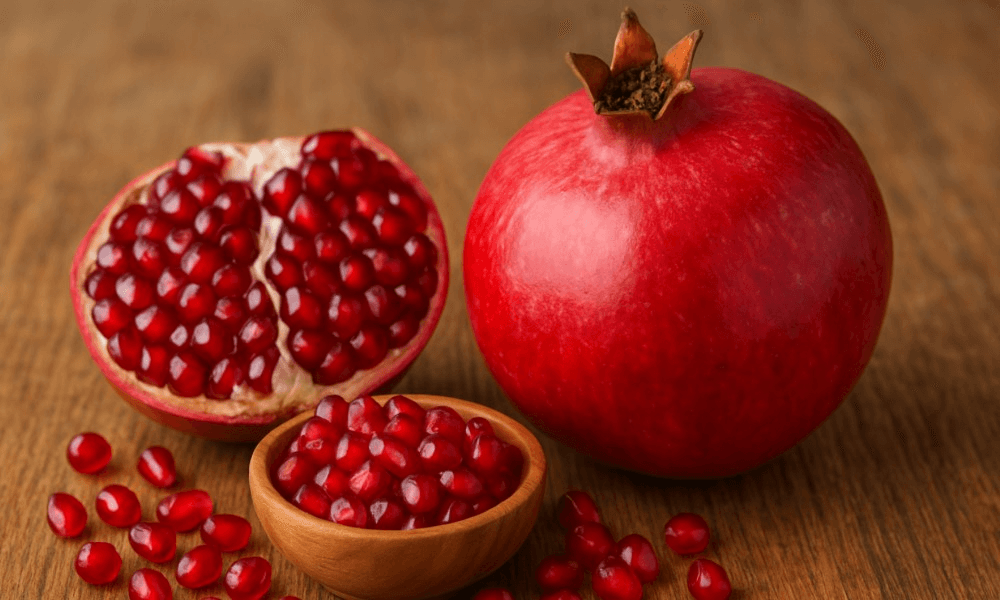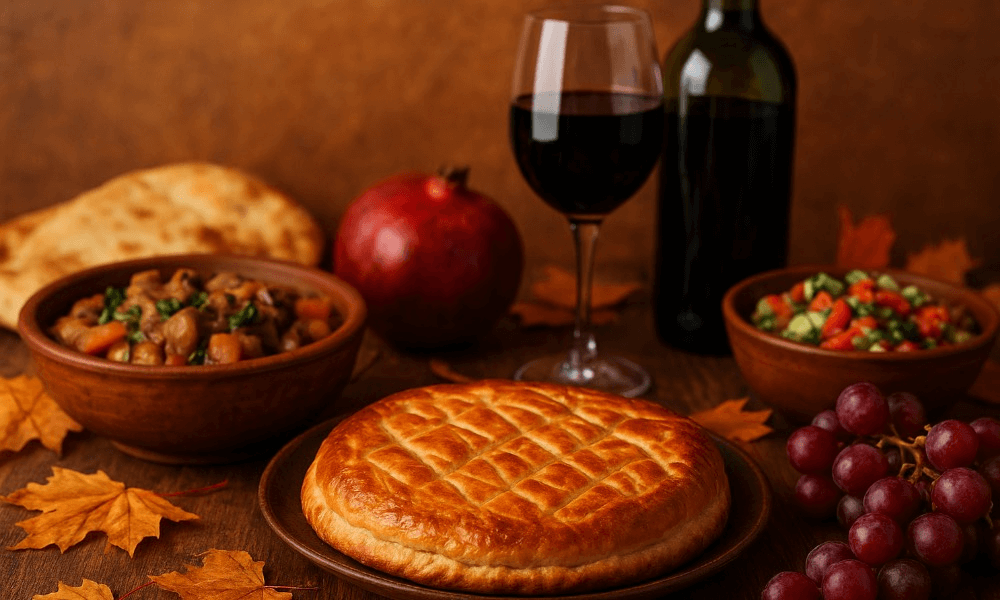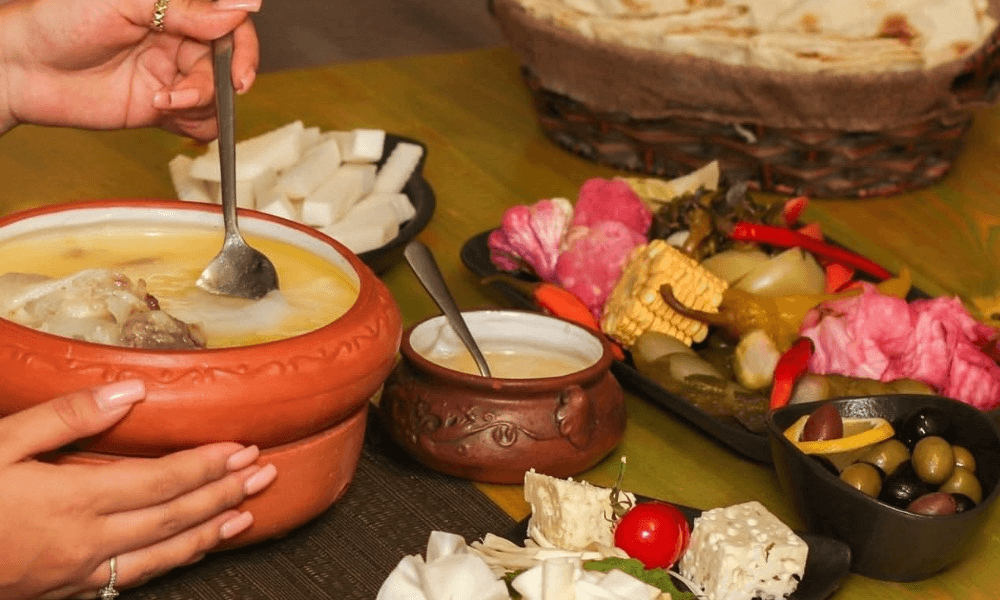
New Year in Armenia: Celebrate Together with Warmth and Love at Gata Pandok
Armenia is a unique place to celebrate the New Year, thanks to its rich culture, hospitality, and unparalleled traditions. For Armenians, New Year is more than just a celebration. It is a unifying force that reminds us of the importance of family, love, and solidarity. If you want to experience the magic of the Armenian New Year, then Gata Pandok might be the most memorable stop for you.
The Armenian New Year has a centuries-old history that includes both ancient traditions and modern approaches. In the past, Armenians celebrated the New Year with a festival called “Navasard,” which symbolized the start of the year. People wore their finest clothes, participated in celebrations, and joyously welcomed Navasard with song and dance. Over time, the celebration evolved into its current form, but it still retains key features: warmth, abundance, and love. In Armenia, the New Year is celebrated not only with family members but also with relatives, friends, and even strangers with hospitality.
Gata Pandok: Your Place for New Year Celebrations If you want not only to discover the Armenian New Year but to truly feel its charm, Gata Pandok is your best choice. Our restaurant is designed so that every guest feels at home, surrounded by love and warmth. Why choose Gata Pandok?
- Traditional Armenian dishes made with fresh ingredients.
- Comfortable and private rooms for celebrating with family or friends.
- Special New Year gata with exclusive flavors and beautiful presentation.
- A welcoming atmosphere that embodies the best of Armenian traditions.
Gata Pandok is not just a place to taste the finest dishes; it is a place where the true magic of the holiday comes to life.

New Year in Armenia
Armenian New Year is full of traditions that make the celebration unique.
- The Abundance of the Festive Table A key element of the Armenian celebration is the table, which highlights the generosity and hospitality of Armenians. The table will always feature:
- Tolma: stuffed grape leaves with meat or vegetables, a traditional dish for the festive table.
- Ghapama: stuffed pumpkin, symbolizing abundance.
- Spas: a hot, comforting soup perfect for the winter cold.
- Gata: the beloved Armenian pastry that becomes the true centerpiece of the table.
- Gift Exchange The New Year celebration cannot pass without gifts. According to Armenian tradition, people express love and care through presents. Gata Pandok also offers gift gata in beautiful packaging.
- Home Cleaning and Preparation Before the New Year, Armenians thoroughly clean their homes to start the year fresh and pure. This symbolizes a new beginning, free from past troubles.
- Hospitality and Visits During the New Year, Armenians visit their relatives, friends, and neighbors to celebrate together. These visits are often accompanied by songs, dances, and traditional humor.
- Songs and Dances Armenian music and dance play a significant role during New Year celebrations. The holiday becomes a true symbol of joy and unity.
Gata: The Symbol of Armenian New Year Gata is the most beloved pastry in Armenian cuisine and holds a special place at the New Year table. At Gata Pandok, our expert chefs prepare gata using only high-quality ingredients, preserving traditional flavors while presenting them in new ways. This warm, fragrant pastry becomes not only a decoration for the table but also the best taste of the celebration.
Invitation from Gata Pandok Gata Pandok warmly invites you to celebrate the New Year with us. We have created a unique festive atmosphere filled with Armenian warmth and hospitality. Come to Gata Pandok to experience the true Armenian New Year.
Winter in Armenia looks like a fairy tale. Snow-covered mountains, tranquil village life, and the shine of city lights create a unique atmosphere. Armenian hospitality is known worldwide. New Year is the best time to experience it, when every home is open to guests, and tables are full of delightful dishes. In Armenia, New Year is not just about food and gifts; it is deeply connected to culture and traditions. Holiday markets, national songs and dances, as well as the spiritual ceremonies in churches, enhance the importance of the holiday.
Armenian Holidays, Armenian New Year Traditions:
- Gatherings and Family Dinners Armenian families usually spend New Year’s Eve at home, surrounded by relatives. The evening begins with a festive dinner, followed by conversations and traditional games.
- Preparation of Lenten Tolma Before Christmas Armenians prepare lentil-stuffed tolma with vegetables and legumes before Christmas, reminding them of food simplicity and spiritual restraint.
- Lighting Candles for Christmas Eve On the evening of January 5, the night before Christmas, Armenians light candles, symbolizing the light of the birth of Jesus.
- The Arrival of Santa Claus Armenian children await the visit of Santa Claus, who brings gifts. Traditionally, children recite poems or sing to receive their presents.
- First Breakfast of the Year According to ancient Armenian traditions, the first breakfast of the year must be special. Only the best dishes are served to ensure an abundant and successful year.
- Fruits and Dried Fruits for New Year’s Eve Fruits such as apples, pomegranates, grapes, and dried fruits like apricots, plums, and walnuts hold a special place on the New Year table, symbolizing abundance and prosperity.
- Victory Sounds Armenian New Year is never without the sounds of the dhol, zurna, and songs. This music creates an atmosphere of victory and joy.
- Festive Sweets Traditional Armenian gata, pastries with dried fruits and walnuts, jams, and honey are essential on the table. These not only taste good but also symbolize the sweet moments of life.
All these traditions, old and new, show that Armenian New Year is not just a joyful celebration but also a day to honor national culture, family, and warmth.






